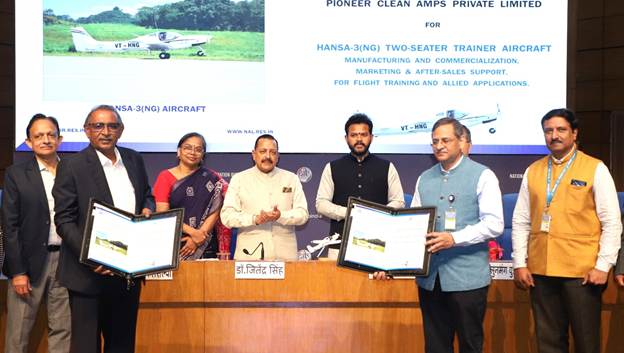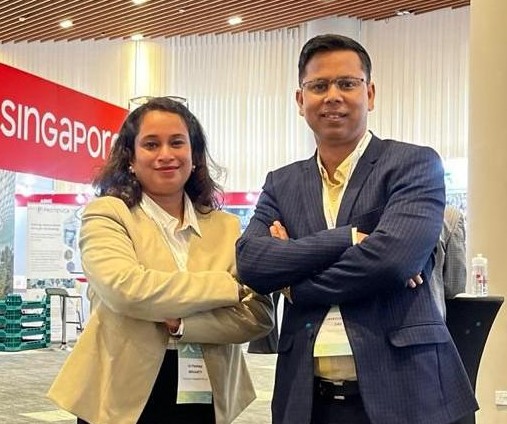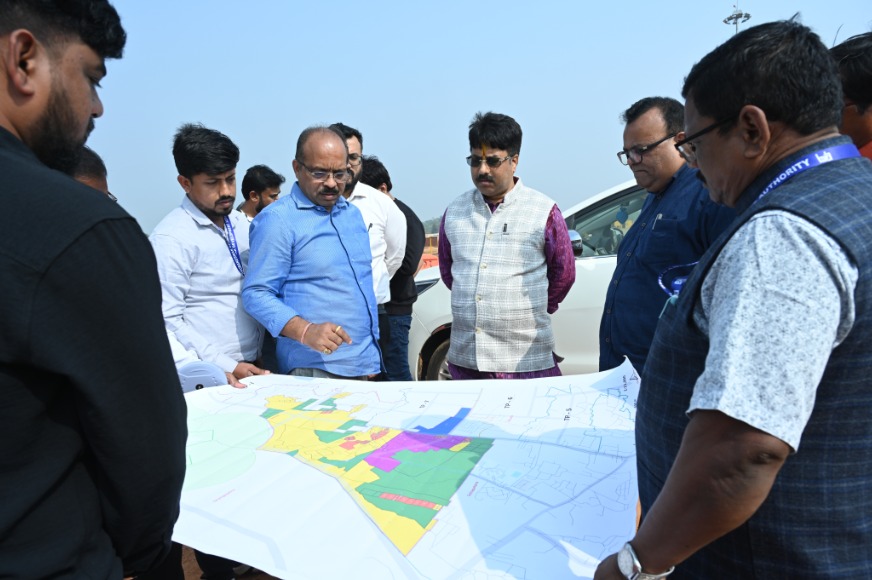New Delhi: In a major push for indigenous aviation technology and pilot training infrastructure, Union Minister Dr. Jitendra Singh today launched the HANSA-3(NG) trainer aircraft, developed by CSIR-NAL, and announced the inclusion of private industry in its manufacturing under the Atmanirbhar Bharat initiative.
Speaking at a launch event at the National Media Centre, Dr. Singh formally handed over the Transfer of Technology (ToT) for the two-seater trainer aircraft to M/s Pioneer Clean Amps Pvt. Ltd., which will now take charge of manufacturing the aircraft for use in Commercial Pilot Licensing (CPL) and Private Pilot Licensing (PPL) training.
The Minister praised CSIR scientists for successfully commercializing the HANSA-3(NG), calling it a vital addition to India’s growing aviation ecosystem. “The development of HANSA-3(NG) is a testament to India’s scientific talent and a big step toward realizing the Prime Minister’s vision of making India a global aviation hub by 2030,” he said.
Dr. Singh highlighted the urgent need to expand India’s flying training capabilities. With over 1,700 aircraft on order by Indian airlines, the country will require an estimated 30,000 pilots in the next 15–20 years, compared to the current pool of just 6,000–7,000. The HANSA-3(NG), being affordable and efficient, is expected to play a crucial role in bridging this training gap by providing quality aircraft to Flying Training Organizations (FTOs).
The aircraft, unveiled with much fanfare, features a glass cockpit, a fuel-efficient Rotax 912 iSc3 engine, a 43-inch wide bubble canopy, and electrically operated flaps. It delivers a range of 620 nautical miles, 7 hours of endurance, and a cruise speed of 98 KCAS, making it well-suited for training and short-haul operations.
Dr. Singh also emphasized the huge potential for startups and MSMEs in indigenous aircraft manufacturing. “By indigenizing aviation technologies, we’re not just building machines—we’re creating a skilled workforce, new businesses, and a national capability,” he said, noting the initiative’s potential to generate employment for ITI and diploma holders, particularly in Aircraft Maintenance Engineering (AME).
Dr. Abhay Pashilkar, Director of CSIR-NAL, revealed that the organization has already received Letters of Intent (LOIs) for over 110 aircraft from training institutes across the country. To meet this demand, Pioneer Clean Amps plans to establish a production facility capable of building 36 aircraft annually, with plans to scale up to 72 per year.
Union Minister for Civil Aviation, K. Ram Mohan Naidu, who has actively supported the HANSA-3(NG) initiative, congratulated CSIR-NAL on this achievement and reaffirmed the ministry’s support for scaling indigenous aviation technologies.
Dr. N. Kalaiselvi, Secretary, DSIR & DG, CSIR, hailed the HANSA-3(NG) as a symbol of India’s commitment to scientific self-reliance. She said the successful flight demonstration at Aero India 2025 marks a pivotal moment in the journey of Indian aerospace research.





